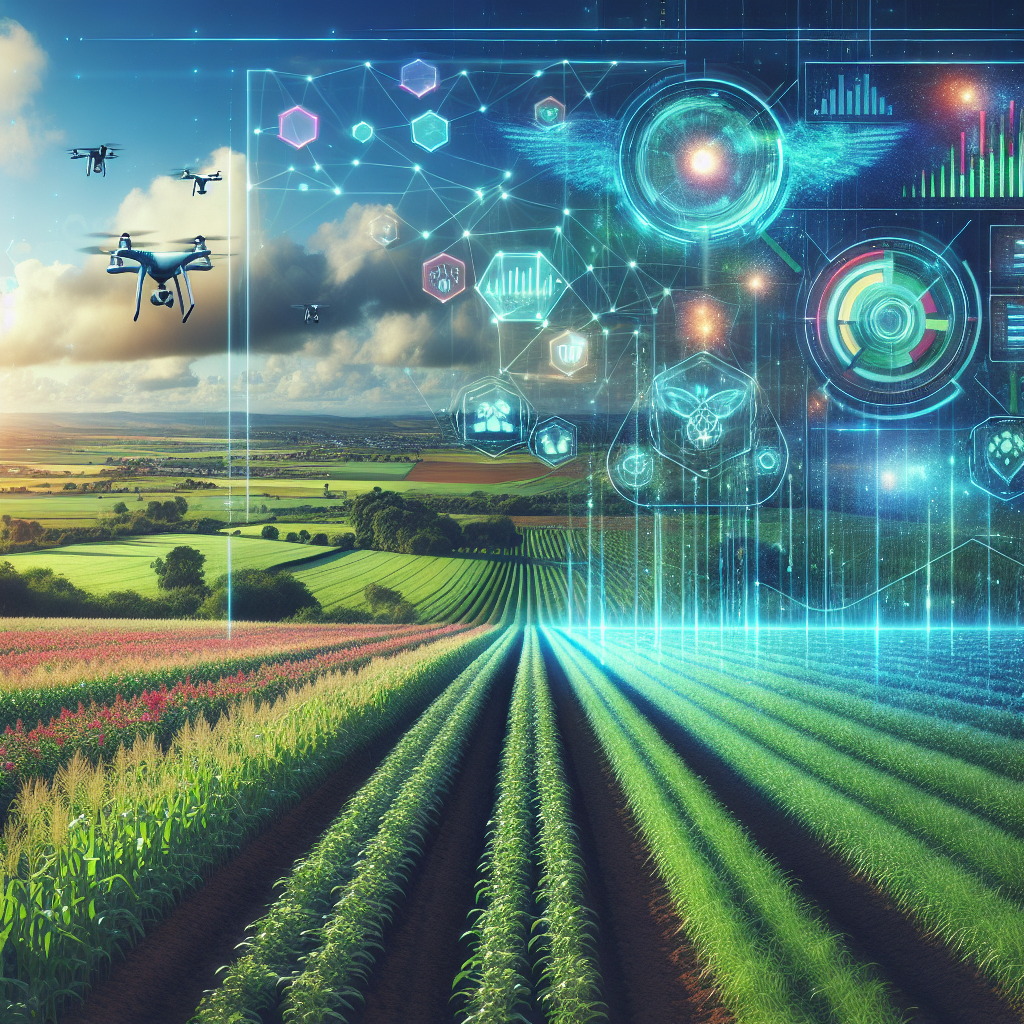
Indian agriculture is undergoing a profound transformation as it grapples with numerous challenges, from unpredictable weather patterns to rising input costs and water scarcity. The demand for reliable and affordable food continues to escalate, placing immense pressure on the farming community. Traditionally, agricultural decisions have relied on the wisdom of experience and local advice. However, in today’s digital age, this knowledge is being revolutionized by the integration of Artificial Intelligence (AI), shifting the agricultural sector from intuition-driven methods to evidence-based strategies.
AI is not merely modernizing farming practices; it is reshaping the entire agricultural ecosystem — from soil health management and irrigation strategies to logistics, finance, and retail processes. This holistic approach ensures farming is more efficient, sustainable, and capable of meeting the needs of a growing population.
Data as the New Fertilizer
At the heart of this transformation is data. Low-cost soil sensors play a pivotal role in tracking essential parameters such as moisture levels, temperature, and pH throughout the growing season. AI models leverage these readings to provide actionable insights, recommending optimal irrigation schedules, detecting nutrient deficiencies, and advising crop rotation practices that promote soil health. Farmers are now equipped with real-time alerts on the irrigation needs of their fields, significantly reducing unnecessary water usage and preventing root diseases.
Furthermore, technology extends beyond the farm fields. Drones and satellites contribute valuable aerial data, utilizing computer vision to assess plant health through color patterns and canopy structure. This technological advancement dramatically reduces the time required for field assessments from an entire day to merely a ten-minute review via a mobile device, facilitating targeted interventions when necessary.
AI in Crop Management
The benefits of AI in agriculture extend into crop management, particularly in disease and pest identification. Early detection is crucial, as not all diseases manifest simultaneously. By utilizing phone cameras or drone footage processed through AI models, farmers can receive likely diagnoses of diseases such as leaf spots and rust, along with a concise list of approved treatments, including the proper dosages. The same technology is applicable in pest management, helping maximize crop yields by addressing threats before they escalate.
Water management is another significant area where AI contributes. Smart irrigation controllers utilize forecasts, evapotranspiration rates, and soil sensor data to optimize watering schedules, ensuring that crops receive the necessary hydration without excess. This efficiency results in a lower risk of over-saturation, reduced energy costs for water pumps, and improved yields during periods of drought.
Harvesting Efficiency through Robotics
As harvest season approaches, the agricultural workforce often experiences strains due to labour shortages. AI-powered solutions, including automated harvesters, sprayers, and robotic pickers, alleviate this pressure. These technologies do not eliminate jobs entirely but provide essential support when seasonal workers are hard to find or costs are prohibitive. After the harvest, computer vision systems enable the rapid sorting and grading of produce based on size, shape, and surface quality, resulting in consistent product grading that attracts higher prices and minimizes disputes with buyers.
Sustainability and Climate Resilience
AI’s influence extends to sustainability practices, as well. By recommending the minimum effective doses of fertilizers and pesticides and applying these inputs precisely where needed, farmers can not only save money but also protect soil organisms and nearby water resources. Precise irrigation schedules foster healthy aquifers, while season planners suggest climate-resilient crop varieties and sowing times aligned with local weather conditions. Furthermore, extensive data on residue management, cover crops, and reduced tillage practices enhance soil health and bolster carbon retention.
In summary, AI is leading a groundbreaking shift in the agricultural landscape, forming a data-driven ecosystem that supports both efficiency and resilience. This transformation not only enhances productivity but also aligns farming practices with sustainability goals, ensuring that agriculture can adapt to future challenges while continuing to provide essential food supplies for the population.

Leave a Reply